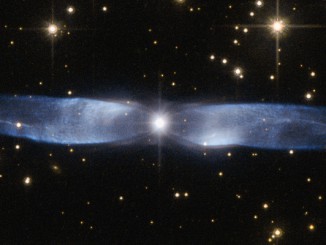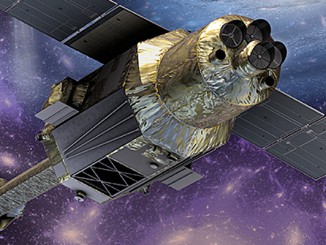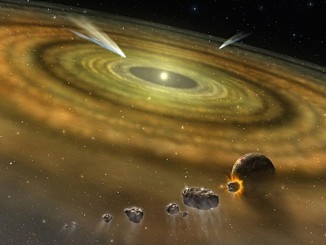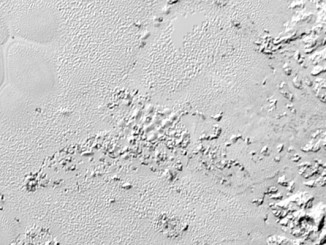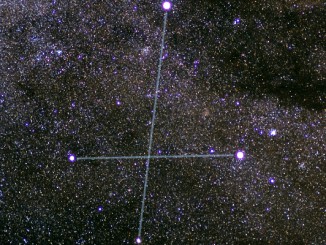
Exploring the riches of the Southern Cross
The Southern Cross, or Crux to give it its official name, is the smallest of all the 88 constellations and an iconic feature of the antipodean sky. Yet it is not solely an asterism and navigation aid of the far south, as it can be seen from the Tropic of Cancer when best placed. Come and explore its wealth of interesting objects for binoculars and small telescopes.




